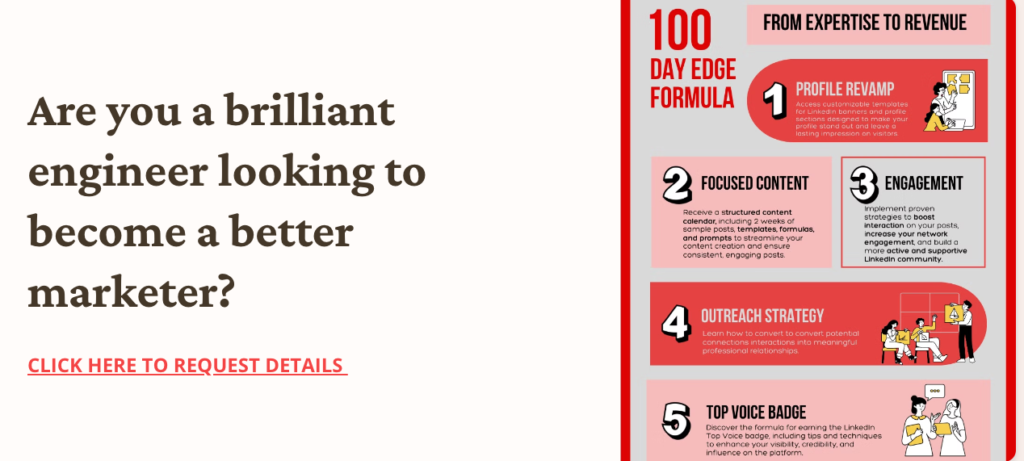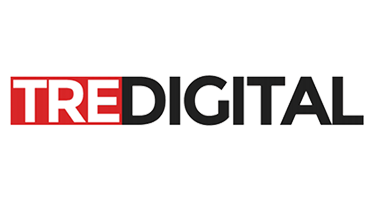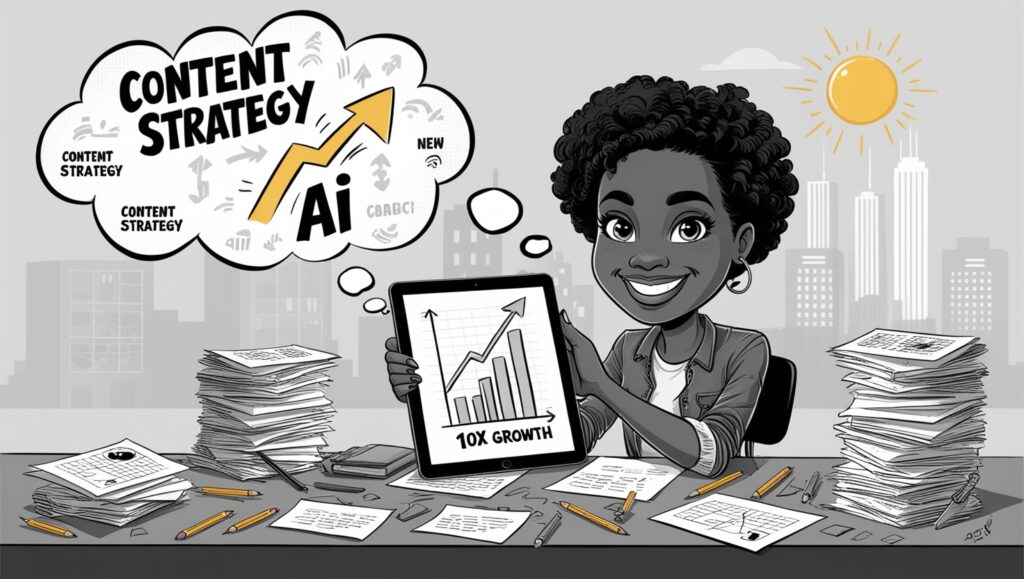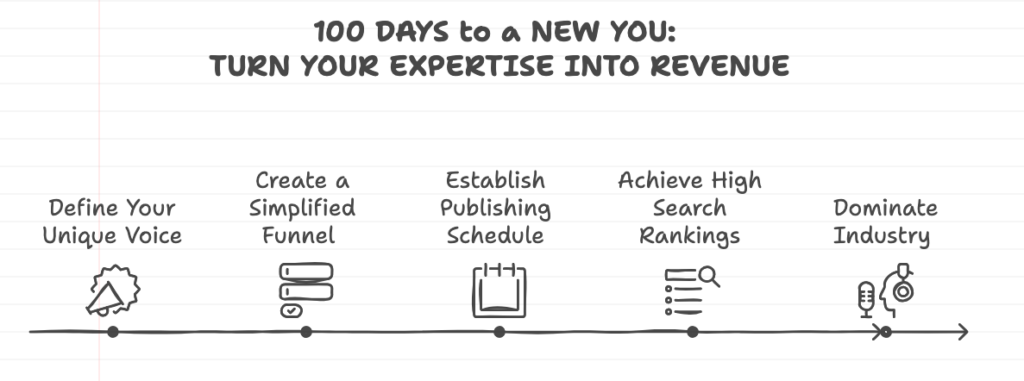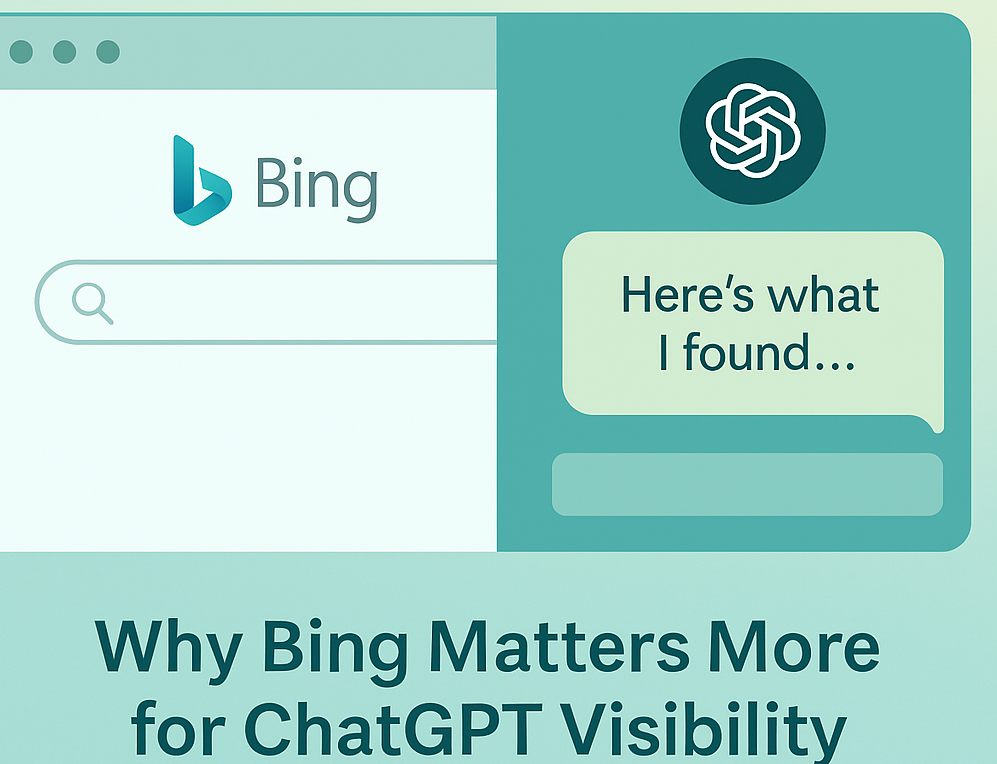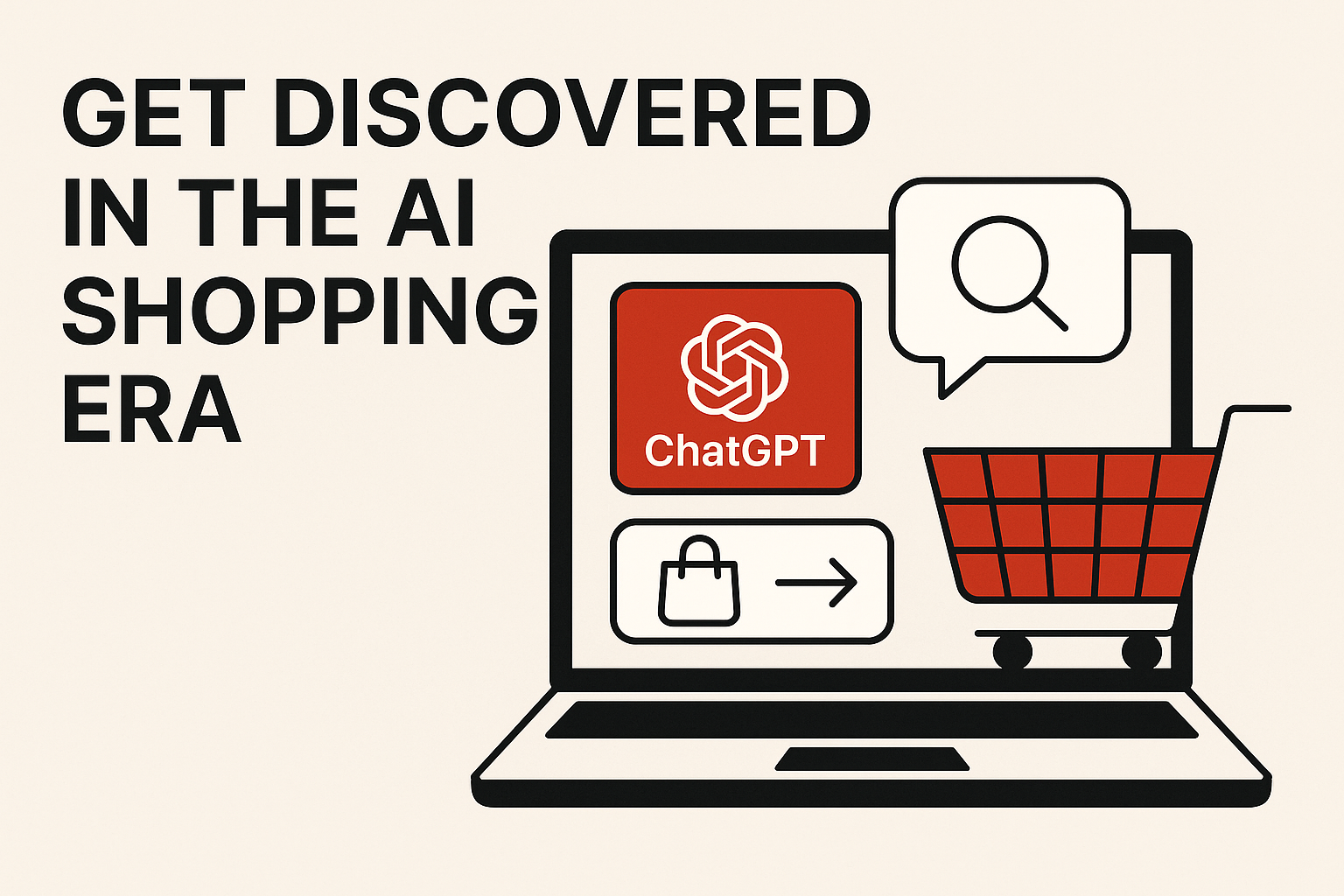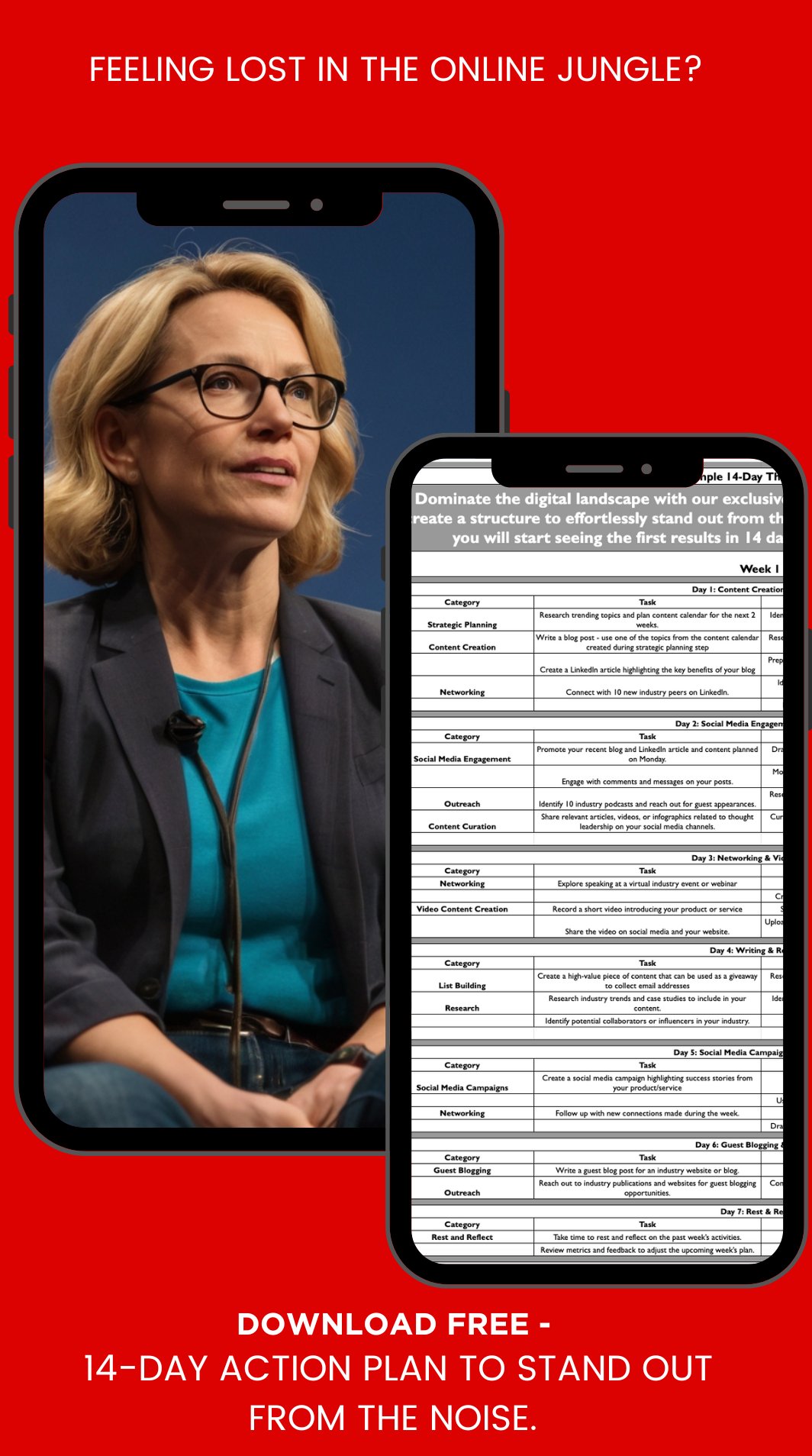“Our content team just quit. All of them. Right before our biggest product launch.”
This panic-filled message came from a tech CEO last Tuesday.
By 9 AM the next morning, his team had already produced three high-converting product pages and a technical white paper.
The secret?
Four carefully crafted AI prompts that turned ChatGPT from a party trick into a serious content engine.
We recently analyzed 50 tech startups using AI for content creation.
The results were striking: while 89% had access to AI tools, only 12% were generating content that actually drove conversions.
The rest were stuck in what I call the “generic content trap” – using AI to create more content, but not better content.
Take one of our clients, a DevOps platform struggling with content scalability.
Their small team was spending 30 hours per week creating technical documentation. After implementing our AI prompt framework, they cut that time to 4 hours while increasing their content’s technical accuracy by 40%.
Think of AI like a junior content writer with infinite energy but no industry context. Without the right prompts, it’s like having a Ferrari with no GPS – lots of power, wrong direction.
The difference between AI-generated fluff and content that actually drives growth isn’t in the tool – it’s in the prompts you feed it.
Let me show you the four strategic prompts that are redefining what’s possible in content creation… (Spoiler alert: these start with a strategy and a 12-week calendar).
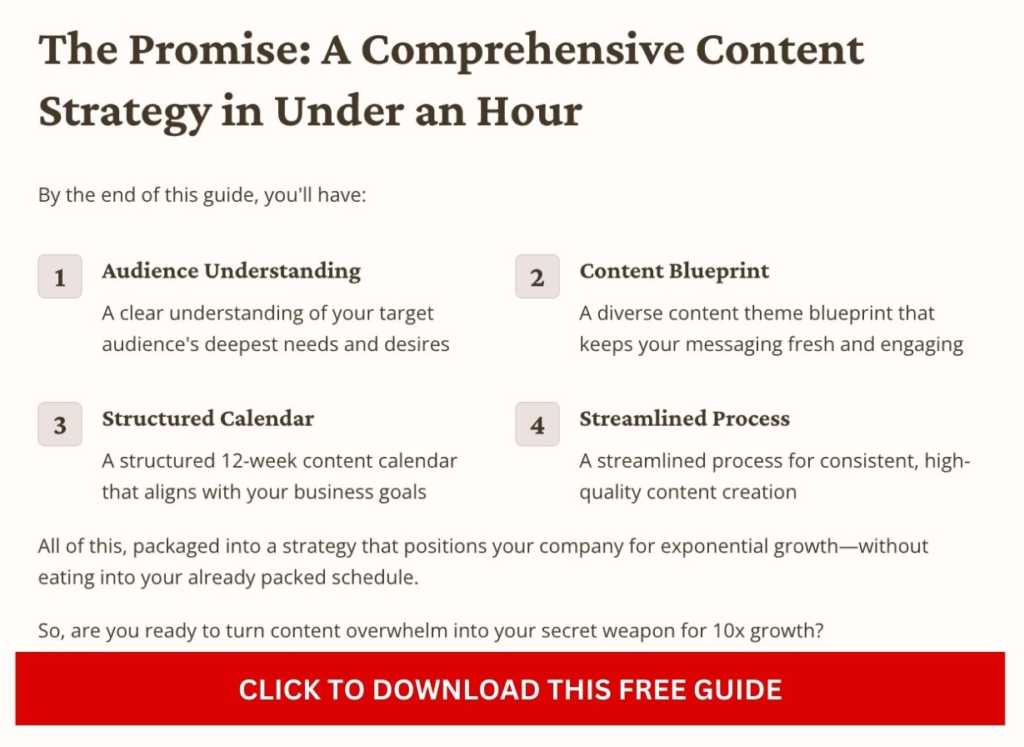
By the end of this guide, you’ll have:
- A clear understanding of your target audience’s deepest needs and desires
- A diverse content theme blueprint that keeps your messaging fresh and engaging
- A structured 12-week content calendar that aligns with your business goals
- A streamlined process for consistent, high-quality content creation
All of this, packaged into a strategy that positions your company for exponential growth—without eating into your already packed schedule.
So, are you ready to turn content overwhelm into your secret weapon for 10x growth?
Let’s dive in and revolutionize your approach to content strategy, one AI prompt at a time.
Table of Contents
Toggle1. Persona Development: Know Your Audience Inside Out
1.1 Identifying the “Radical” Buyer
Let’s start with a fundamental question:
Who are you really talking to?
We’re not just looking for any buyer—we’re after the “radical” buyer in your Ideal Customer Profile (ICP).
For example, for us these are the tech CEOs who are not just looking for a solution but are desperate for a revolution in their approach to growth and content marketing.
So you are looking for people who are ready and willing to buy.
1.2 Defining Persona Characteristics
To truly connect with your audience, you need to get inside their heads.
Let’s break down the key characteristics of a target persona. For a tech CEO these are:
5 Fears:
- Becoming irrelevant in a rapidly evolving tech landscape
- Missing out on critical market opportunities
- Falling behind competitors in digital presence and thought leadership
- Failing to achieve sustainable growth despite significant investments
- Losing top talent to more innovative companies
5 Frustrations:
- Lack of measurable ROI from current content marketing efforts
- Difficulty in balancing product development with marketing initiatives
- Inability to effectively communicate complex tech solutions to a broader audience
- Struggling to maintain consistent content output while managing other CEO responsibilities
- Feeling overwhelmed by the ever-changing landscape of digital marketing tools and platforms
5 Aspirations:
- Being recognized as a thought leader in their industry
- Achieving exponential company growth without sacrificing product quality
- Building a brand that attracts top-tier talent and investors
- Creating a content strategy that drives both engagement and conversions
- Developing a scalable content machine that doesn’t rely solely on their input
5 Goals:
- Increase market share by at least 20% in the next 12 months
- Double website traffic and lead generation through organic content
- Reduce customer acquisition costs by 30% through inbound marketing
- Establish at least three new strategic partnerships through thought leadership content
- Launch a successful podcast or video series that positions them as an industry expert
Use this prompt to generate your own radical buyer persona with the help of AI:
Help me further define a “radical” buyer in our ICP – <insert your persona + their key pain point related to your product. For example, tech CEOs who aren’t getting growth for their company and struggling with content marketing and getting leads/buyers> Identify their 5 fears, 5 frustrations, 5 aspirations, 5 goals related to that.
Pro Tip: We found Claude.ai to be the most direct and helpful in generating personas.
By understanding these characteristics, you’re not just creating content—you’re crafting targeted messages that speak directly to the hearts and minds of your audience.
2. Theme Generation: The Blueprint for Diverse, Engaging Content
Now that we know who we’re talking to, let’s dive into what we’re going to say.
Theme generation is the secret sauce that keeps your content fresh, relevant, and engaging. It’s not just about churning out blog posts; it’s about creating a content ecosystem that addresses every facet of your audience’s needs and interests.
2.1 Theme 1: Content Types
Variety is the spice of life—and content marketing. Let’s break down the types of content that will keep your audience coming back for more:

a) Actionable
Think “How to 10x Your Customer Retention Rate in 90 Days” or “5 AI Tools That Will Revolutionize Your Product Development Process.” These pieces give your readers immediate value and position you as a problem-solver.
b) Motivational
“From Startup to Industry Leader: Lessons from the Trenches” or “Why Failure is Your Best Friend in Tech Innovation.” These pieces inspire and energize your audience, showing them that you understand their journey.
c) Analytical
“The State of SaaS in 2024: Trends, Challenges, and Opportunities” or “Decoding the Algorithm: How AI is Reshaping Content Marketing.” Deep dives into data and trends showcase your expertise and foresight.
d) Contrarian
“Why Your Viral Marketing Campaign is Killing Your Brand” or “The Case Against Rapid Scaling: When Slow and Steady Wins the Race.” Challenge conventional wisdom and spark discussions.
e) Observation
“5 Subtle Signs Your Tech Company is Ready for exponential growth” or “The Hidden Psychology Behind Successful Product Launches.” Share unique insights that only someone with your experience would notice.
f) X vs. Y
“In-House Development vs. Outsourcing: The Real Costs for Tech Startups” or “Organic Growth vs. Acquisitions: Charting the Best Path for Your Tech Company.” Help your audience make informed decisions by presenting balanced comparisons.
g) Present vs Future
“The Evolution of Customer Support: From Chatbots to AI-Powered Empathy” or “Blockchain Beyond Crypto: The Future of Secure Data Management.” Position yourself as a visionary by connecting current trends to future possibilities.
h) Listicle
“7 Non-Negotiable Skills Every Tech CEO Needs in 2024” or “10 Unconventional Marketing Tactics That Propelled Our Startup to $10M ARR.” Provide easily digestible, value-packed content that readers can quickly implement.
Use this prompt to generate your own themes with the help of AI:
Help me identify content topics relevant to a “radical” buyer in our ICP and their 5 fears, 5 frustrations, 5 aspirations, 5 goals <paste these from the previous step>. Break down topics into the following categories 1. [Actionable] (Ultra-specific guide teaching readers HOW to do something)2. [Motivational] (Inspirational personal or industry stories about people who did something extraordinary)3. [Analytical] (Informational breakdown of a topic, explaining to the reader WHY something is/works the way it does)4. [Contrarian] (Go against the common advice and say something contrarian to the common beliefs on the topic, and explain why)5. [Observation] (Observe a hidden, secret, or silent but IMPORTANT trend in the topic/industry)6. [X vs. Y] (Compare two entities, styles, frameworks, companies, apps, or something else within the topic)7. [Present vs Future] (Compare the status quo with a prediction about the future, and explain to the reader why that is)8. [Listicle] (Provide a useful list of resources, tips, mistakes, lessons, steps, insights, frameworks, or something else about the topic).
2.2 Theme 2: Alternate Week Structure
To maintain a consistent content calendar while showcasing different aspects of your expertise, consider this alternating weekly structure:
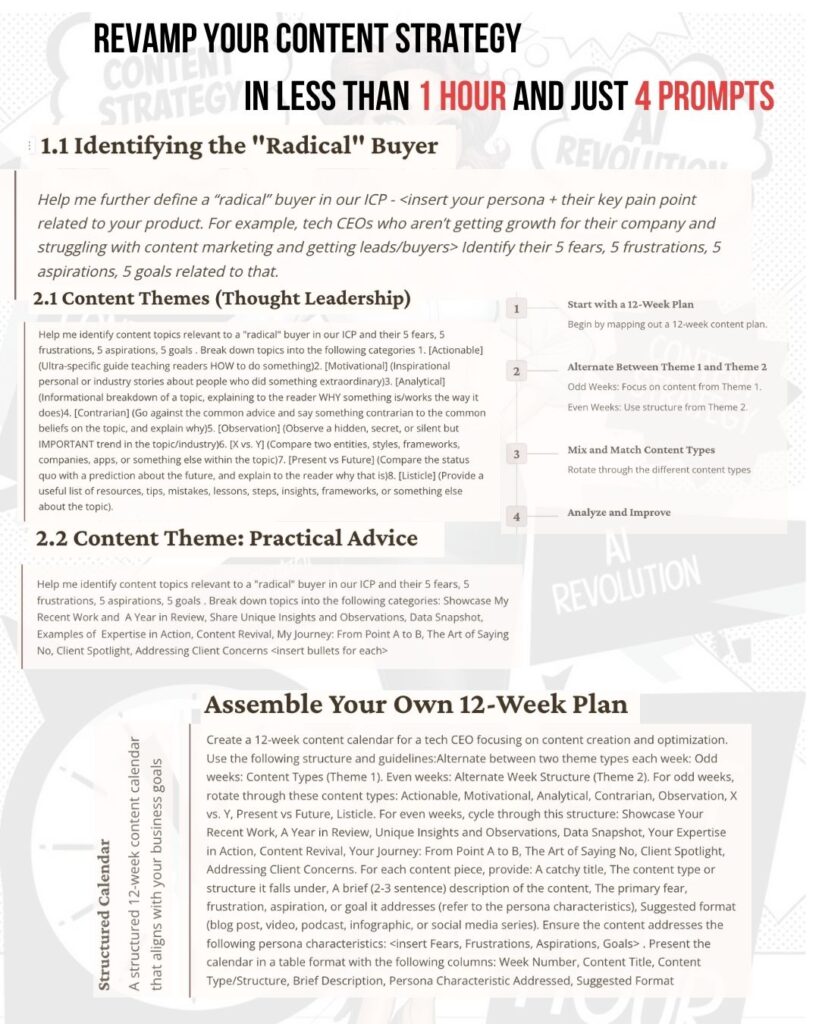
a) Showcase Your Recent Work
Share case studies, project highlights, or recent innovations. This not only demonstrates your capabilities but also keeps your audience updated on your company’s progress.
b) Throwback Thursday: A Year in Review
Reflect on past challenges, victories, and lessons learned. This humanizes your brand and shows your growth trajectory.
c) Unique Insights and Observations
Offer your perspective on industry trends or share unconventional wisdom gained from your experience.
d) Data Snapshot
Present key metrics, industry statistics, or internal data that provide valuable insights for your audience.
e) Your Expertise in Action
Give a glimpse into your problem-solving process or decision-making framework. This builds trust and showcases your hands-on leadership.
f) Content Revival
Repurpose and update your most successful content pieces, ensuring evergreen value for your audience.
g) Your Journey: From Point A to B
Share personal or company milestones, challenges overcome, and the lessons learned along the way.
h) The Art of Saying No
Discuss strategic decisions to focus resources, pivot, or decline opportunities. This demonstrates your decision-making prowess and strategic thinking.
i) Client Spotlight
Highlight successful client partnerships or transformations, showcasing the real-world impact of your solutions.
j) Addressing Client Concerns
Engage directly with your audience by answering common questions or addressing industry pain points.
Use this prompt to generate your own themes with the help of AI:
Help me identify content topics relevant to a “radical” buyer in our ICP and their 5 fears, 5 frustrations, 5 aspirations, 5 goals <paste these from the previous step>. Break down topics into the following categories: Showcase Your Recent Work, Throwback Thursday: A Year in Review, Unique Insights and Observations, Data Snapshot, Behind-the-Scenes: Your Expertise in Action, Greatest Hits: Content Revival, Your Journey: From Point A to B, The Art of Saying No, Client Spotlight, Public Q&A: Addressing Client Concerns <add as many details on these as possible>
Assembling Your Content Calendar: From Strategy to Execution
Now that we’ve outlined our content themes and structures, it’s time to put it all together into a cohesive content calendar. This calendar will be your roadmap to consistent, high-quality content that speaks directly to your tech CEO audience.
1. Start with a 12-Week Plan
Begin by mapping out a 12-week content plan. This timeframe allows for enough variety while remaining manageable and adaptable.
2. Alternate Between Theme 1 and Theme 2
- Odd Weeks: Focus on content types from Theme 1
- Even Weeks: Use the alternate week structure from Theme 2
3. Mix and Match Content Types
For odd weeks, rotate through the different content types to maintain variety:
Week 1: Actionable Week 3: Motivational Week 5: Analytical Week 7: Contrarian Week 9: Observation Week 11: X vs. Y
4. Implement the Alternate Week Structure
For even weeks, cycle through the alternate week structure:
Week 2: Showcase Your Recent Work Week 4: Throwback Thursday Week 6: Unique Insights and Observations Week 8: Data Snapshot Week 10: Behind-the-Scenes Week 12: Greatest Hits
5. Align with Business Goals and Events
- Coordinate content with product launches, industry events, or company milestones
- Plan content that supports your quarterly business objectives
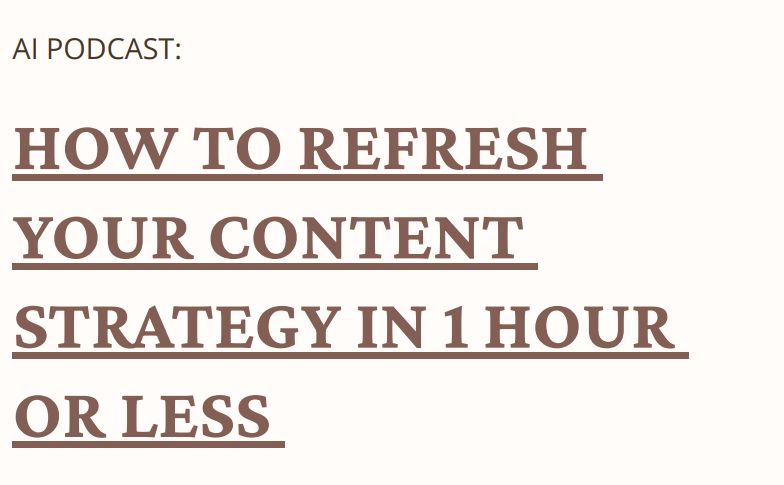
6. Consider Content Formats
For each piece, decide on the format:
Social media series
Blog post
Video
Podcast episode
Infographic
7. Assign Resources and Deadlines
- Determine who will create each piece of content
- Set realistic deadlines for drafting, editing, and publishing
8. Build in Flexibility
Leave some slots open for timely, reactive content based on industry news or emerging trends.
9. Plan for Promotion
For each content piece, outline:
- Social media promotion strategy
- Email marketing inclusion
- Potential partnerships or guest posting opportunities
10. Review and Adjust Regularly
At the end of each 12-week cycle:
- Analyze performance metrics
- Gather feedback from your team and audience
- Adjust your calendar based on what’s working best
Use this prompt to generate your own calendar with the help of AI:
Create a 12-week content calendar for a tech CEO focusing on content creation and optimization. Use the following structure and guidelines:Alternate between two theme types each week: Odd weeks: Content Types (Theme 1). Even weeks: Alternate Week Structure (Theme 2). For odd weeks, rotate through these content types: Actionable, Motivational, Analytical, Contrarian, Observation, X vs. Y, Present vs Future, Listicle. For even weeks, cycle through this structure: Showcase Your Recent Work, A Year in Review, Unique Insights and Observations, Data Snapshot, Your Expertise in Action, Content Revival, Your Journey: From Point A to B, The Art of Saying No, Client Spotlight, Addressing Client Concerns. For each content piece, provide: A catchy title, The content type or structure it falls under, A brief (2-3 sentence) description of the content, The primary fear, frustration, aspiration, or goal it addresses (refer to the persona characteristics), Suggested format (blog post, video, podcast, infographic, or social media series). Ensure the content addresses the following persona characteristics: <insert Fears, Frustrations, Aspirations, Goals> . Present the calendar in a table format with the following columns: Week Number, Content Title, Content Type/Structure, Brief Description, Persona Characteristic Addressed, Suggested Format
